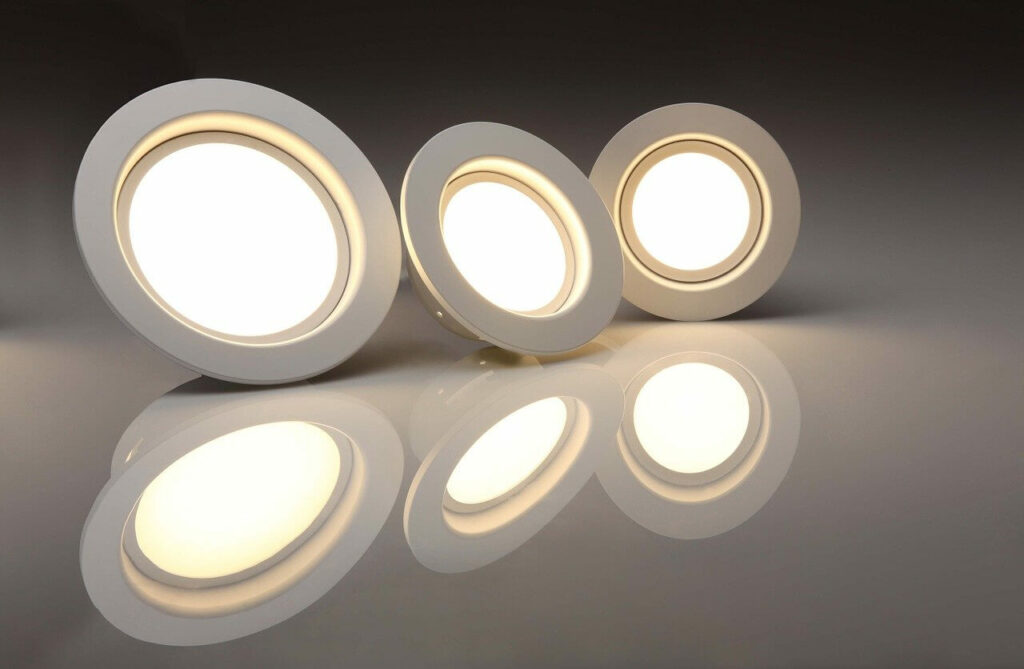The Top 4 Priorities To Make Your Office More Sustainable
There seems to be no way around it, we need to make our offices green. In light of climate change and increased environmental degradation, we have to make some drastic changes. Let’s start with our daily surroundings: the office. We are here to make your life easier. Based on science and the current state of affairs, we have ranked the most impactful sustainability tips into 4 priorities. Read on how to make your office sustainable.
A quick online search will give you a wide array of sustainable suggestions, ranging from office supplies such as staple-free staplers to recycled trash bins, eco-friendly paper cups, sustainable air conditioner units, going paperless, and changing to LED light bulbs. Are you confused yet?
With so much information available, the sustainability landscape is slowly turning into a Wild West of claims and promises. The following 4 priorities will guide you in establishing a sustainable office. Start with energy, then have a look at your office waste and consumption, focus on what you eat, and then move on to all the rest.
Do you want to know more about how you can involve employees and include different departments in guiding innovative business using the SDGs? Then check this to find out what 2030 Builders can do for you.

Table of Contents
Priority 1: Say goodbye to fossil-fuels, reduce energy consumption and increase energy efficiency
When asking an environmentalist about our biggest environmental threat today, they will most likely tell you climate change is the root cause of most – if not all – environmental issues. Emissions of greenhouse gases have already increased the Earth’s global temperature by about 0.8° Celsius since 1880 causing snow and ice to melt, and bringing about more extreme weather.
You might have guessed it, our need for energy is the single largest cause of greenhouse gas emissions contributing to climate change. Energy production accounts for 72% of all global emissions, of which electricity and heat are the largest source of emissions with 31%, followed by transportation with 15%. Knowing this, forget about everything else and let’s start with energy.
Perhaps it is not as sexy as the staple-free stapler. And no, your work space might not appear any different. But it is the biggest favour you can do to help save the environment.
How? Simple:
- Switch to renewable energy sources for electricity and heating.
- Increase energy efficiency and reduce energy consumption. For instance, start with replacing old light bulbs for CFL bulbs, introduce an office equipment policy and upgrade old monitors and air conditioning units. Have a look at the Carbon Trust energy-saving guide for more ideas.
- Low carbon transportation. Maybe you do not view transportation as part of the environmental footprint of your office, but transportation has a significant impact on CO2 emissions. Encourage employees to commute greener: introduce carpool initiatives and reward employees for commuting by public transport, bike or foot. Get creative!
Priority 2: Reduce and recycle office waste
The second priority in your journey to a green workspace involves the reduction of other products and services besides energy. Globally, we produce a whopping 2.12 billion tons of waste a year. A conservative estimate of 37% of all waste is managed in an environmentally damaging manner, with most dumped in a landfill.
Waste does not only damage the environment directly, but the production of products also emits CO2 and contributes to climate change. Imagine the amount of energy saved if these products were not produced in the first place.
So after you have fixed your energy problem, move on to reducing product consumption and proper recycling.
Some tips:
- Introduce a new green office policy to reduce consumption. Have a little look around and see where you are not being careful with resources. Is it careless printing? Plastic cups? Bottled water? Most tap water is perfectly fine to drink. Bottled water needs oil for plastic, often travel large distances and the water might come from drought-ridden places. Many everyday items have similar background stories, so make sure you do not create more of their demand.
- Reuse, repurpose and donate. Getting rid of old office furniture? No longer need those binders and monitors? Find a way to donate or repurpose. You will feel a whole lot better knowing your old chair is making someone happy instead of being incinerated.
- Make recycling easier. Get extra bins for recycling and encourage employees to separate their waste. Recycling is a fundamental aspect of a green office.

Priority 3: A new lunch menu
After energy, agriculture has the largest climate impact. Data from the World Resource Institute show that agriculture accounts for 11% of global emissions and up to 17% including land-use changes and deforestation. Climate impact aside, the meat and dairy industry accounts for 75% of all farmland area and damages the environment through the loss of biodiversity and use of fertilisers and pesticides. And let’s not forget about animal welfare concerns.
Time to take some action. Here is where to start:
- Serve no more (or less) meat (especially beef!) at canteens or encourage employees to bring plant-based lunches. Going meat-free for just one or two days a week would already be a really good start.
- Consume no more (or less) dairy. Fun fact: many kinds of cheese and yoghurts actually have a comparable or larger carbon footprint than chicken or pork.
- Eat locally and seasonally. Support your local economy and do not consume foods that have travelled all over the globe to get to your plate.
We are not saying you need to go plant-based overnight, but eating a bit more consciously is something we can all do. Green plate – green office.
Priority 4: All the rest
Have you reduced your energy and product consumption? Are you recycling properly? Swapped out your beef sandwich for a tasty vegetarian dal? Good, now you are ready to move on and focus on all the rest.
Some other suggestions to go greener:
- Climate-proof your office. Sustainability also means creating a healthy work environment. Based on where you are located, climate change might put specific pressures on your business and office. Are you facing more heavy downpour? Heatwaves? Storms? Help your employees and inform them about safe ways to get to work. Push for improved building insulation or office relocation, introduce flexible working hours. Do some research and see what applies to you.
- Find sustainable alternatives to your everyday office supplies. Think cleaning supplies, paper, coffee, pens, single-use items etc. Measuring the climate and environmental impact of these products can be tricky. Besides, remember that reducing consumption has the greatest positive impact.
These types of changes are probably the most visible and make your office and company appear the most sustainable, so be wary. Many of these changes could fall under greenwashing. For instance, replacing plastic cups for paper cups is choosing between two evils. You should instead focus on eliminating single-use products altogether.

Positive side-effects of a sustainable office
In case greening your work environment for the sake of sustainability is not convincing enough for you, perhaps the following benefits of going eco-friendly will do it:
- A reduction in costs. Especially regarding energy and resource savings, you will find that increased efficiency can be very rewarding.
- You will contribute to Agenda 2030 and leave a positive legacy. Did you know that the global market potential connected to meeting the UN Sustainable Development Goals is estimated at $12 trillion annually? Changes in mindset can be made bottom-up: from shifting to sustainability on the work-floor up to your company’s business strategy. Does this sound interesting? 2030 Builders have developed a tool for all employees to together work towards internal innovation, you can learn more about it here.
- Happier and healthier employees. High meat and dairy consumption can lead to health problems and employees are happier in green buildings. Happy healthy employees are 12% more productive. Do we need to say more?
Sustainable office requires behavioural change
Going green and sustainable does not imply radical changes and having to say ‘no’ to things. Remember that introducing sustainability into your office space is about getting everyone involved and forcing people to think a bit more creatively and changing their mindsets. By starting out seemingly small with some changes in the office space, your company can ultimately work towards achieving bigger goals. Why wait?




Your article on the top priorities for making an office more sustainable is highly informative and provides a fresh perspective on the topic. By highlighting the four key areas of focus, you have provided valuable insights for businesses looking to become more environmentally friendly. Great job on this informative piece!